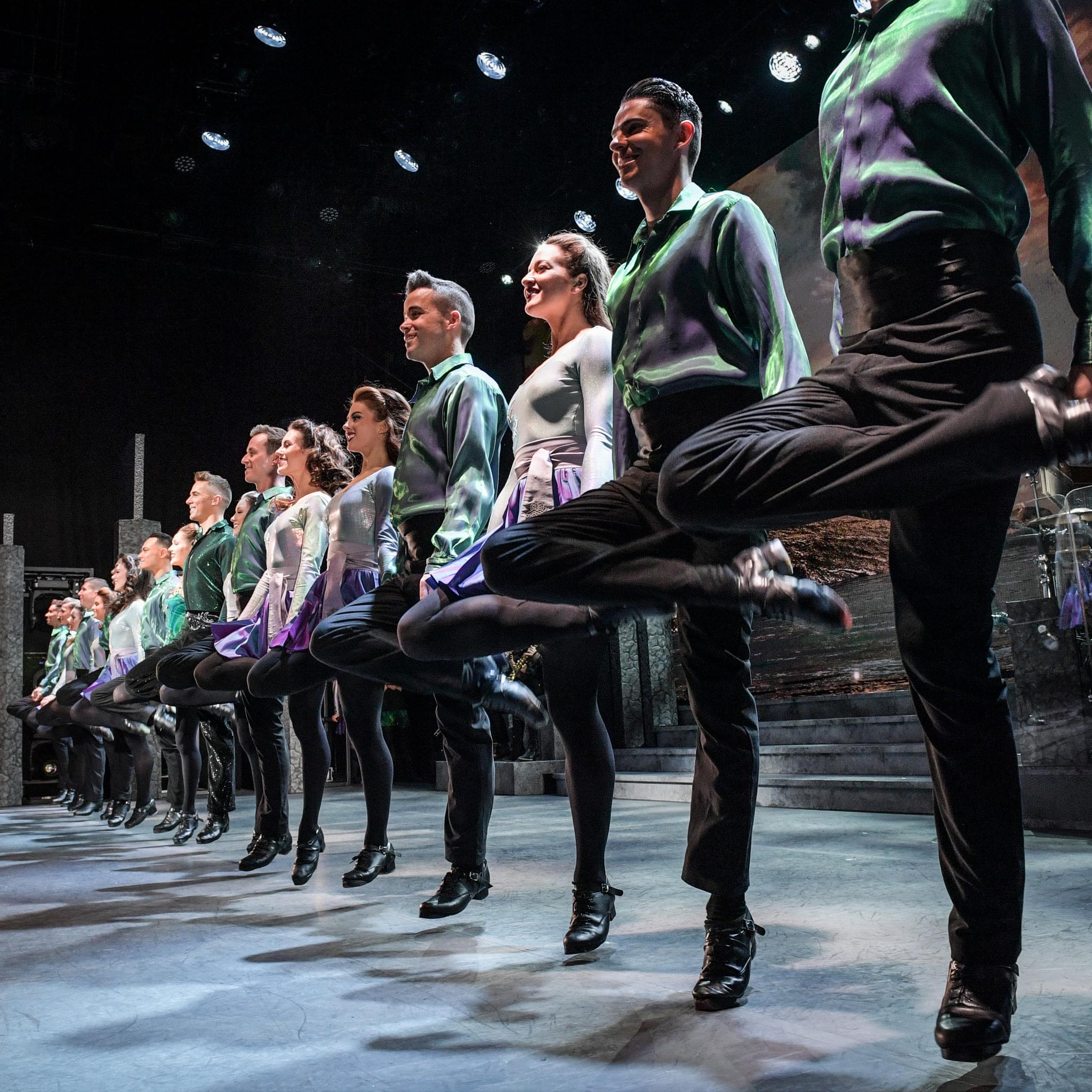Irish dancing plays a principal role in modern and historical Irish culture. Many Irish people have either been directly involved in Irish dancing or know someone who has, but what starts as a rite of passage for Irish children rarely matures into a lifelong passion. For the dedicated few who take it to the next level, it can become a fundamental part of their life and identity. This is especially true for Trinity Student and professional Irish dancer Anthony O’Connor, who defines Irish dancing as where “sport and art combines.” O’Connor has been involved in the sport since he was four years old, ranking highly on both national and international stages throughout his career. With a glowing resume and an unwavering passion for the art form, O’Connor offers many valuable insights into the contemporary world of Irish dancing.
As Irish people continue to emigrate across the globe, the professional Irish dancing circuit provides an opportunity for the Irish diaspora to remain connected to their cultural heritage. It is clear that Irish dancing is both a uniting force and an important element of identity for the Irish people, something highlighted annually by the World Championships, whose participants span from Australia to America.
“O’Connor stresses how integral the Irish language is to solidifying Irish culture and tradition within the circuit”
The Irish language plays a central role in all competitions with dancers’ identification numbers being called out as Gaeilge first and in English second. O’Connor stresses how integral the Irish language is in solidifying Irish culture and tradition within the circuit: “I definitely feel like there is a strong link with the Irish language and the Irish dancing community itself.” An Coimisiún Le Rincí Gaelacha’s small integrations of Gaeilge feed back into the overall air of appreciation and the promotion of Irish culture. Due to the globalisation of the Irish dancing circuit, English translations only enable accessibility for those who do not encounter the Irish language natively or through formal education.
However, at a professional level the art form extends beyond a cultural rite of passage and demands an immense amount of training, discipline, consistency and above all else, sportsmanship. O’Connor recounts how “sportsmanship is a really, really big thing. Not showing good manners on stage will affect your overall marks from the judges. You have to be amicable as well as competitive.” Despite its global span, the Irish dancing circuit is still tight-knit. O’Connor continues: “If you are friends with someone the same age, there is a chance you will be competing against each other. But you have to remember why you’re there. Competition comes first, but amiability and respect are implicit always.” With this sportsmanship comes an intense reliance on friendship and the connections you make with your peers.
In Anthony’s experience, burnout can be a big concern dancers face. In his own experience of travelling across Ireland and spending several weeks stationed in the Gaiety Theatre after being scouted for Riverdance, emotional strain is inevitable. “You have to travel with a group of people for a long time, they are your only support. You have to face being in unfamiliar places, hotels and buses, all on a continuous loop. You build really intense relationships and connections with those people.” O’Connor jokes about the sheer number of “Riverdance Babies” sure to come.
“Without commitment to the craft, it would be impossible to be successful in any regional, national or world circuit. “Training is sport; it’s all fitness and discipline. It is just as intense as with any sportsperson.””
Although most professional dancers work towards bigger competitions which boast the highest acclaim, it is regional competitions that are integral to maintaining consistent skill, stamina and performance ability. O’Connor is currently immersed in his training for the Leinster Championships in Mullingar, rehearsing four times a week for a minimum of three hours at a time. This does not include the weekly “feising” required for his stage practice. Without commitment to the craft, it would be impossible to be successful in any regional, national or world circuit. “Training is sport; it’s all fitness and discipline. It is just as intense as with any sportsperson.”
Skill, discipline and commitment of course play an enormous part in O’Connor’s success. Yet his passion for performance has been one of his key motivations, as he notes “the music, the costume, performing. That’s art. At the end of the day the sport and discipline is just preparation.” As his relationship to Irish dancing has changed throughout his life, Anthony admits he finds himself drawn back to the art of the dance within his performances. He reminisces on always loving the intricacy of steps, the upbeat music and above all else, his committed teachers. Today, every time he competes “in [his] heart [he] is creating art.”
“From an unassuming Riverdance DVD in his bedroom, to Anthony O’Connor taking the stage himself in award-winning productions, Irish Dance has become a passion and profession for the Trinity student.”
It is inspiring to see someone so passionate about the commitment to discipline and the commitment to performance. From an unassuming Riverdance DVD in his bedroom to Anthony O’Connor taking the stage himself in award-winning productions, Irish dance has become a passion and profession for the Trinity student. As post-pandemic life returns to normal, the Irish dancing circuit can once again foster immense talent and explore Irish identity on the world stage. If successful in the Leinster Championships, Anthony will progress onto the World Championships which are being held in Montreal, Canada in April 2023.






